Do you understand what your cat says and does?
Do you always know what it wants to tell you or why s/he is behaving that way?
Learning a foreign language is no sweat these days!
You can study more than 50 languages: most adult education centres offers courses for beginners or advanced learners. But has anyone ever taken a “cat language” course?
In this blog post you’ll not only learn to decrypt what your cat is saying, but also how to correctly interpret its behaviour. What are the messages behind facial expressions, tail or ear positions?
All this for free! The complete cat communication course won’t cost you a penny – just a few minutes of your time.
Understanding cats’ body language
Cats have their own language.
They don’t use words like we do but their bodies and certain noises to communicate with those around them.
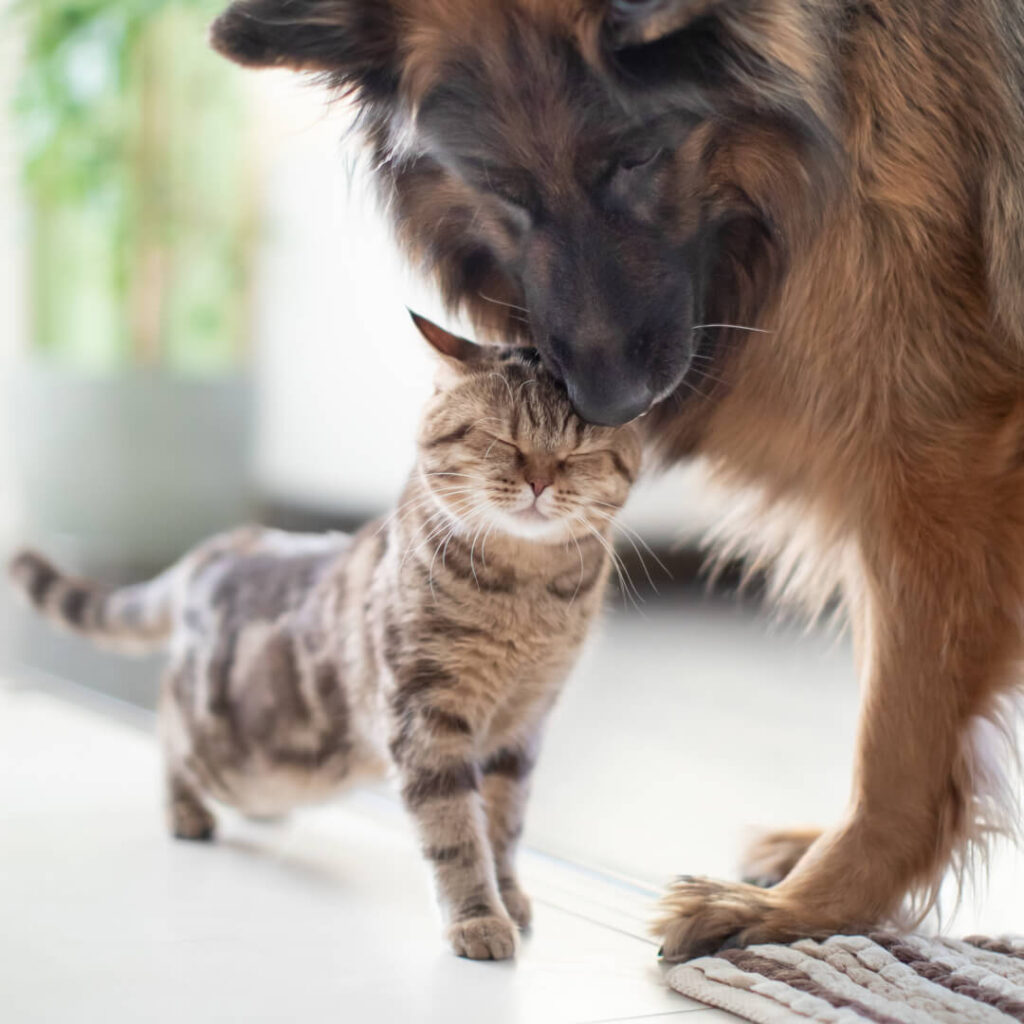
And if you know how to interpret the facial expressions and body language of your cat, you can better understand your furry friend.
Cats’ body language through certain movements, gestures and facial expressions is deliberate. Their bodies are always communicating something real. You’re not imagining things.
For sure, every cat is individual with its own personality. That’s also reflected in its body language. While there are few universal generalisations, there are similar scenarios observed in all cats that can give a fairly accurate indication of the feelings and frustrations of your cat.
Source:
Fressnapf (2018): Körpersprache bei Katzen – Signale erkennen, [YouTube-Video.], published on 11.04.2018,https://www.youtube.com/watch?v=0s-AcCDNlA0&feature=youtu.be, accessed on 20.12.2019
What a cat’s different tail positions mean
DerThe tail is an important feature. It serves as a marker that is clearly visible, even from a distance.
Does the tail look like an exclamation mark or is very slightly curved? If your cat hurries towards you with an upright tail (1) when you come home, you know that s/he is in a good mood and happy to see you.
Auch eine leicht zitternde, erhobene (2) „Antenne“ gibt Auskunft darüber, dass sie erfreut ist, kann aber auch darauf Even a slightly quivering, raised (2) tail indicates that s/he is happy, but it can also indicate that this is his/her territory.
If the tail is strongly curved with the tip pointing down (3), attention is needed. Your cat is anxious and ready to defend itself in case of emergency.
If the tail looks like a feather duster (4) – fluffed up and puffed out – a cat wants to make an impression on possible opponents and ward them off.
A tail hidden under the body (5) always indicates fear.
If the tail gently wraps around the cat’s body (6), it tells you that your cat is very calm and relaxed.
And this is what it looks like in action:
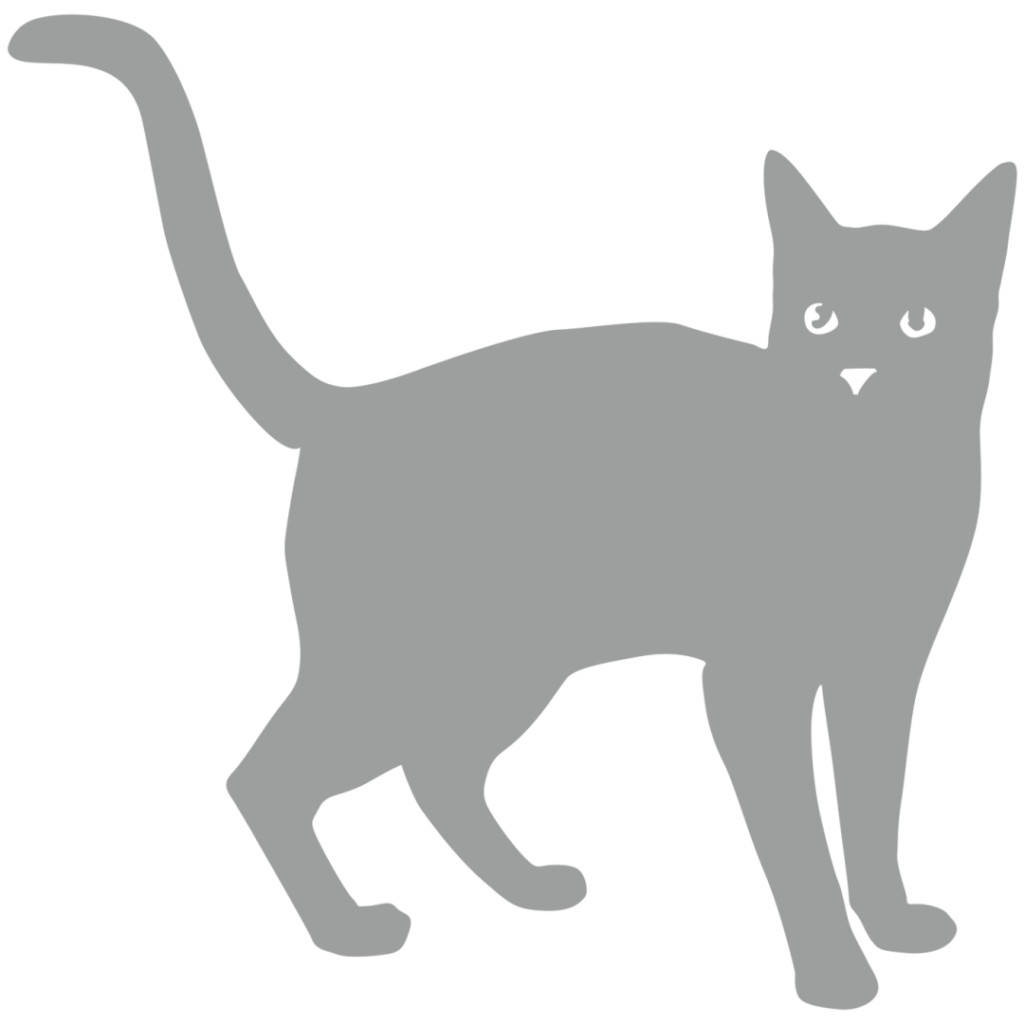
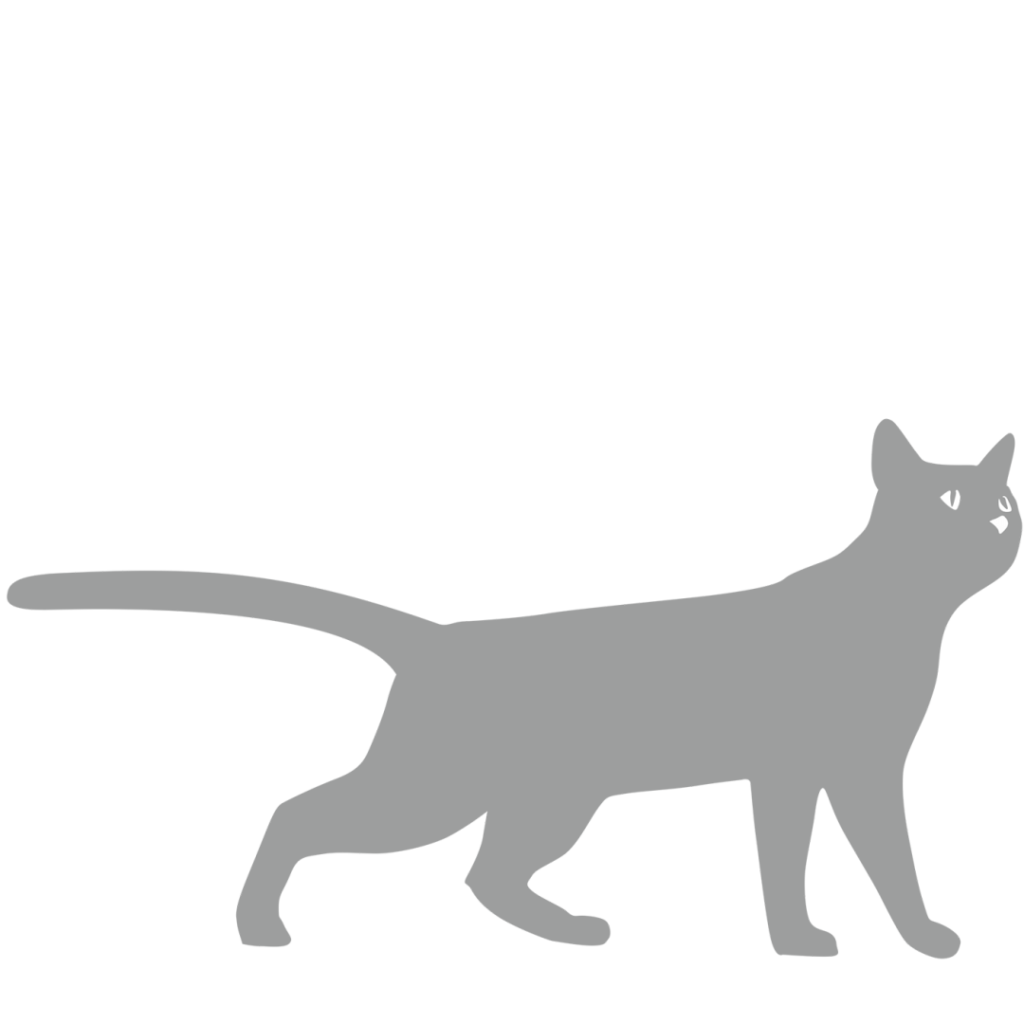
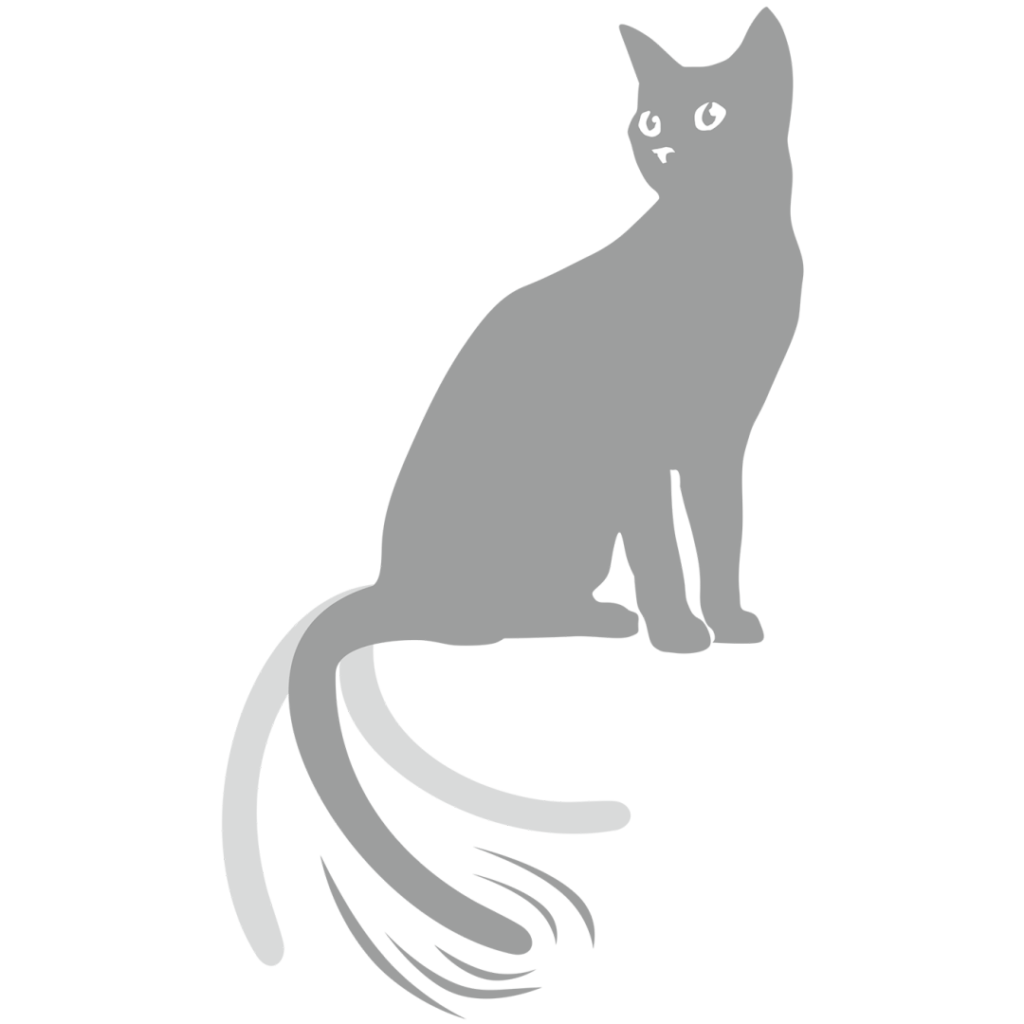
I’m happy or elated
I’m feeling affectionate and looking for love
I’m tense and irritable
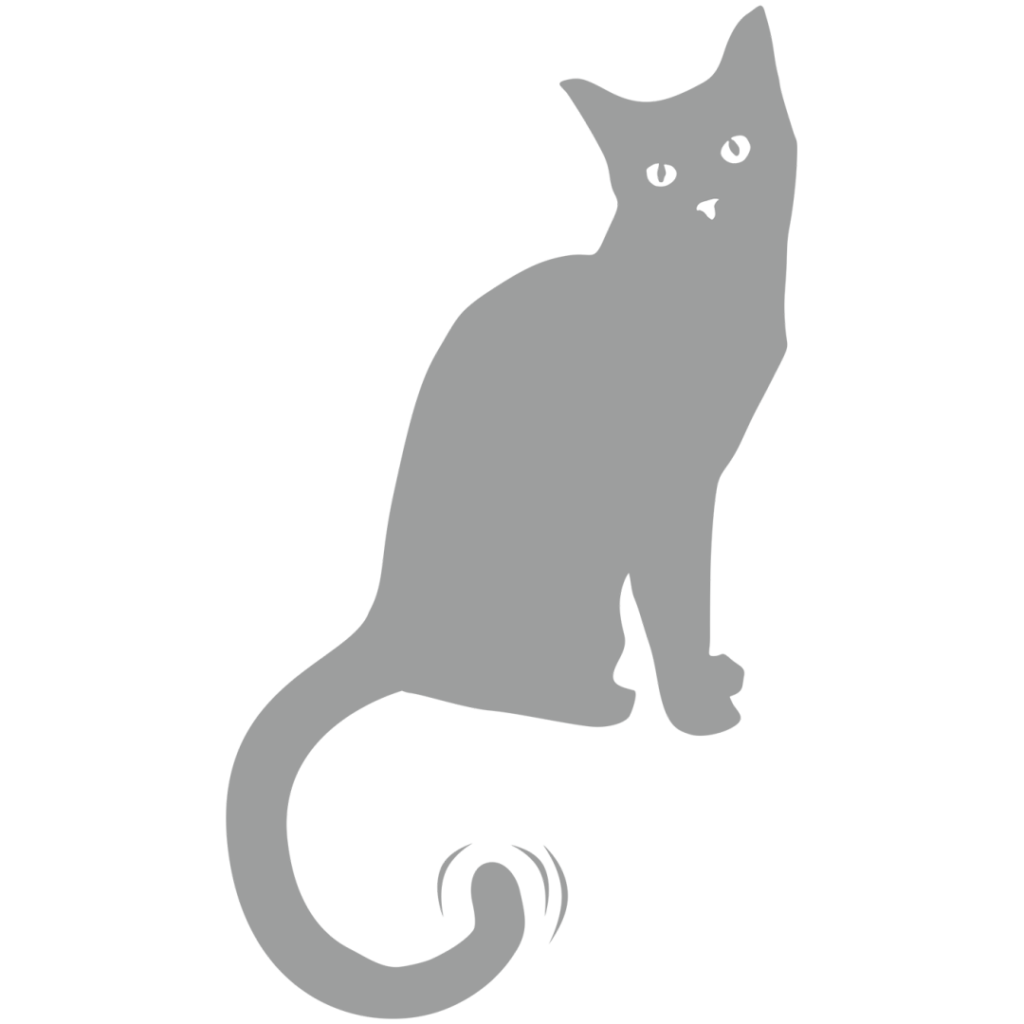
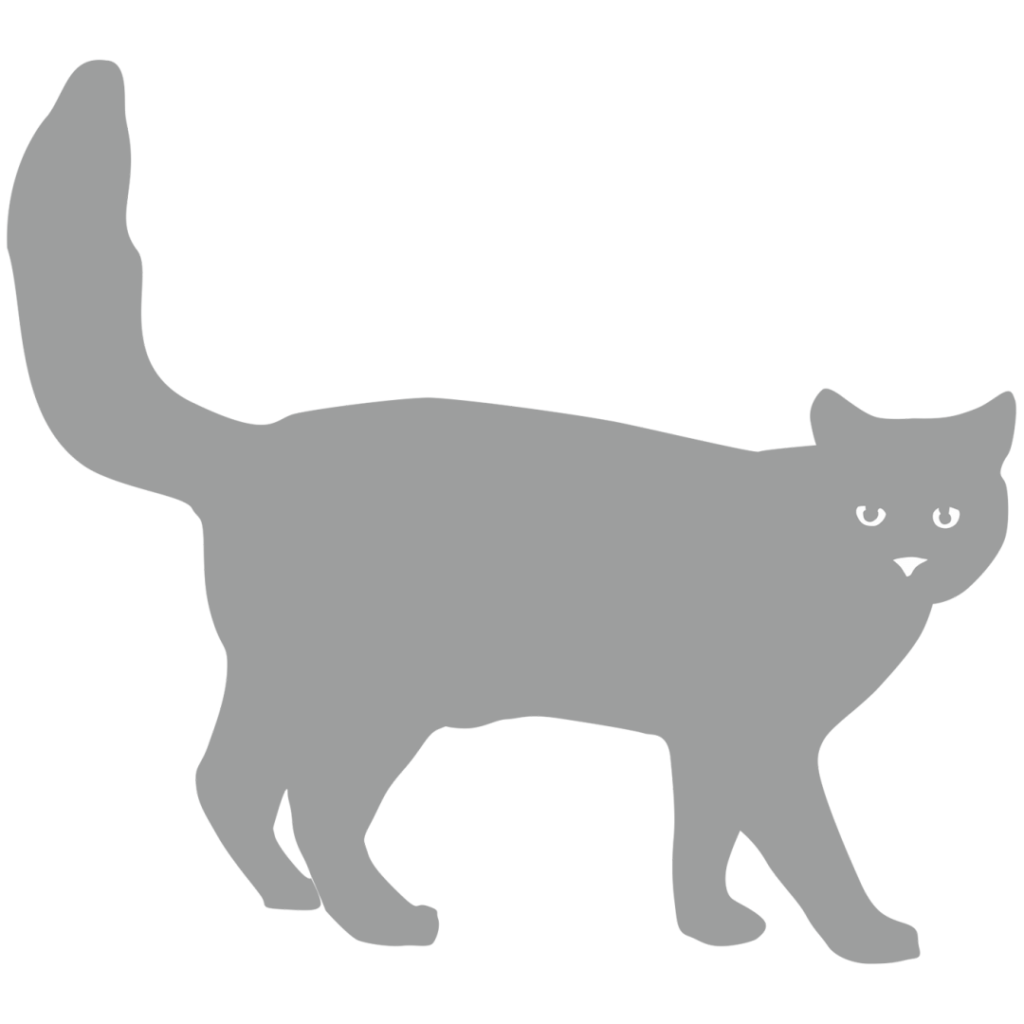
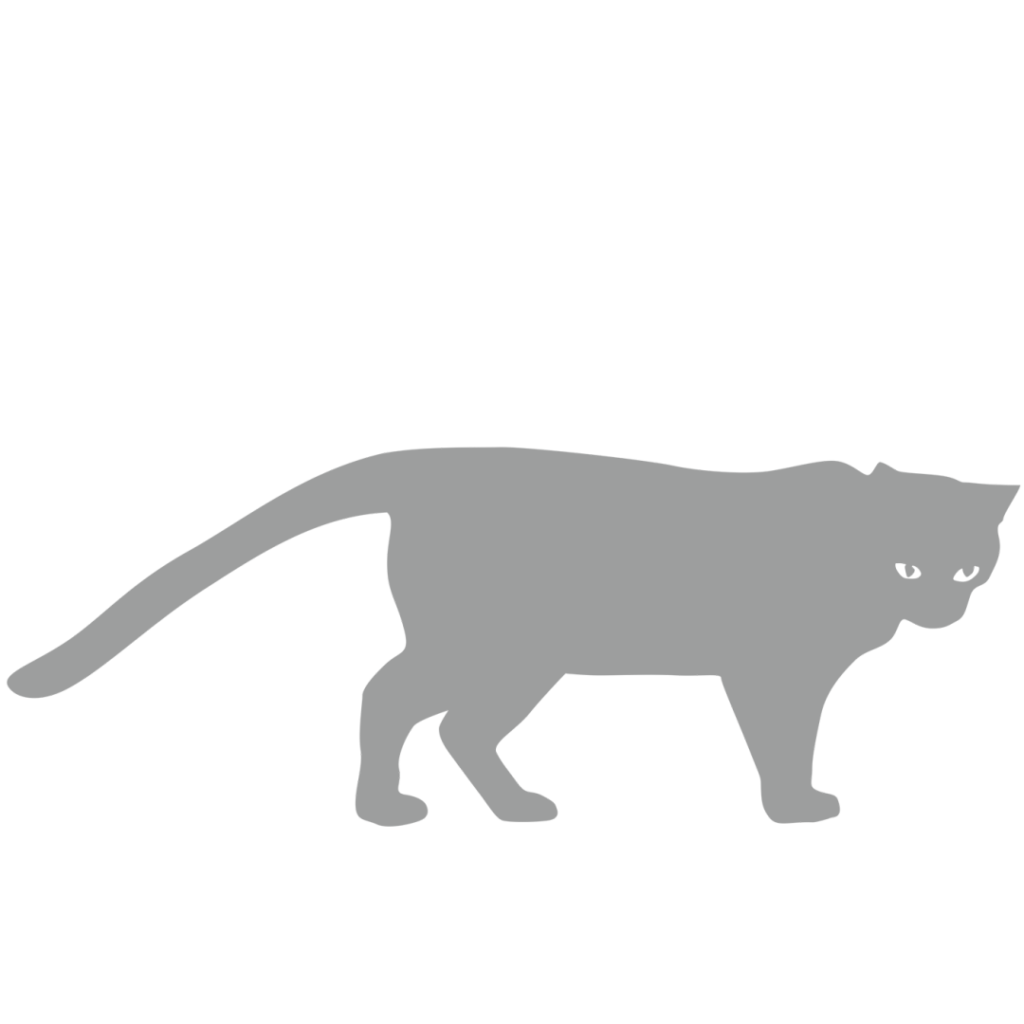
I’m ready for action
I’m upset and superior to you
I’m aggressive and feisty
What a cat says with its eyes
One look is worth a thousand words …
“Have you forgotten me? I’m the one in desperate need of a stroke!”
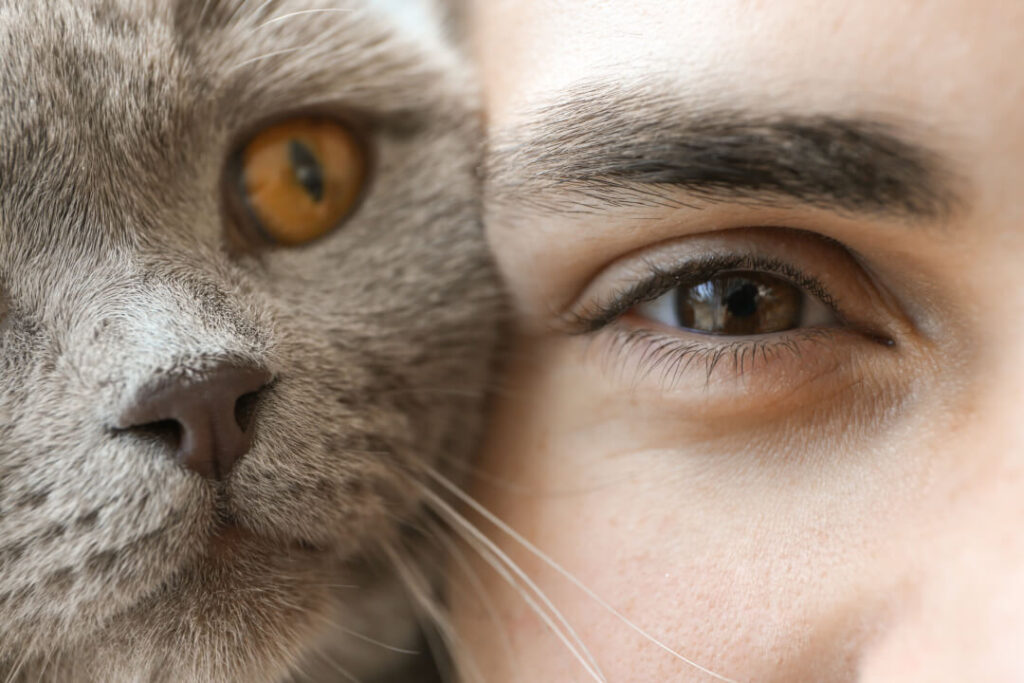
You can see everything in a cat’s eye!
Besides body language, the eyes are an important means of non-verbal communication. Don’t just look at the eyes, but take what they are showing into account along with gestures, facial expressions and context.
What’s the overall impression?
Long eye contact is not a sign of friendliness in your cat’s world, but threatening. A cat staring at another for a long time is up to no good, so caution is advised!
Short eye contact like a quick blink is friendlier. If you blink at your cat several times and s/he blinks back, you have both smiled at each other, in a cat way.
What a cat’s different ear positions mean
Cats’ ears are wonderfully soft, extremely flexible and even better at hearing than dogs! Their auricles are large, mobile funnels with 64 individual muscles (32 in each ear) that allow them to turn their ears in all directions at lightning speed. They don’t even have to move their head.
With these ears, cats can hear superbly and also communicate really well.
Observe how your cat’s ears change depending on his or her mood. They’re an important indicator of your furry friend’s feelings, but always along with eyes and purring. A cat’s facial expressions are created through a sensitive interaction of all of these.
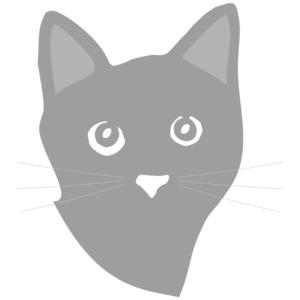
I’d like to play or go prowling
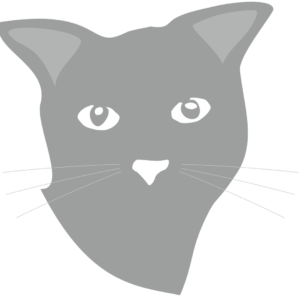
I’m happy and content
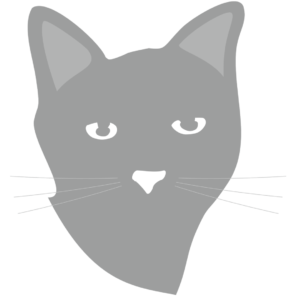
I’m afraid and will defend myself
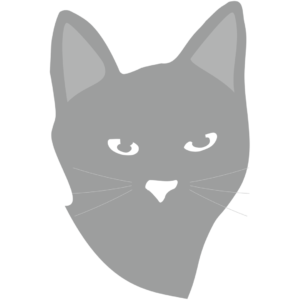
I’m unhappy and angry
Interpreting a cat’s facial expressions
Besides body language, our playful pussycats use facial expressions to express themselves.
Which expression does the face show and what does it say?
For cats this often says something completely different than for people.
Cats learn how to interpret different facial expressions from childhood on. Kittens observe their parents very closely and soon know what to think from looking at the face of the animal in front of them – one way or the other.
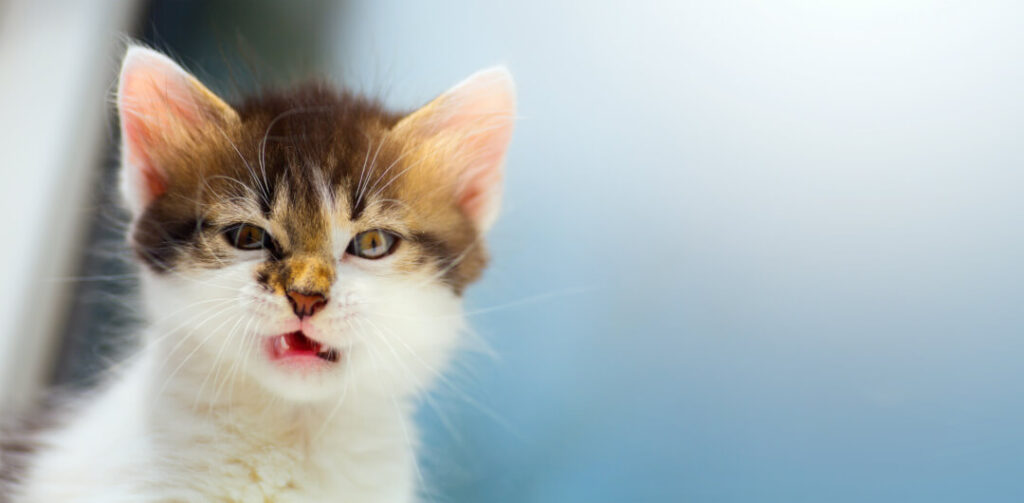
This is important, because they learn to correctly interpret the facial expressions of other cats. Is this strange cat in a good mood or should I take off?
Scientists have used the CatFACS (Cat Facial Coding System) to catalogue the facial expressions of cats. What muscle movement in a cat’s face represents which feeling?
With the help of this coding system you can interpret the muscle movements in a cat’s face. Three key facial expressions can be recognized – interest, frustration or fear.
Source: www.sciencedirect.com, status 06.12.2019
What is my cat saying?
Cat language is more than just “meow“.
There are countless sounds that cats make, in addition to the unique dialect of an individual cat. Each cat has its own way of speaking.
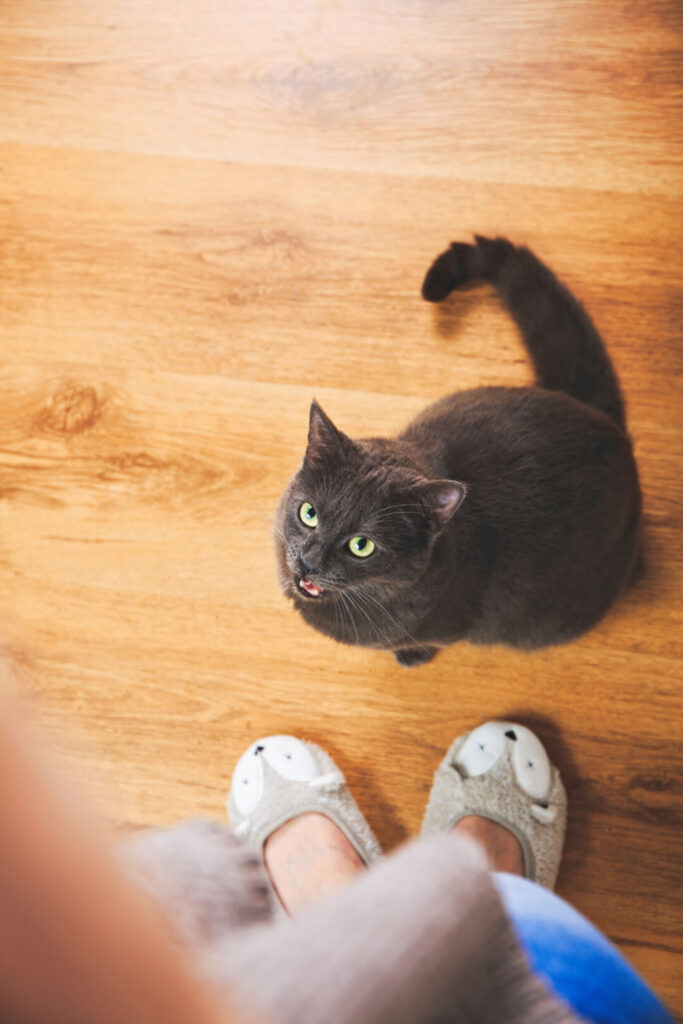
As with people, there are some very chatty cats and others who prefer to be quieter.
For some, it’s in the blood, and a breed-specific characteristic.
How a cat communicates, however, also depends on how often s/he is in contact with other cats in his or her environment. Exclusively indoor cats usually communicate more rarely, as there is less reason to.
Others like to communicate with their human companions. As a result, they have certain special behaviors and sounds in their repertoire that are only reserved for humans. A classic sound is the meow – something extra that is only used with people.
Cat meows
When kittens mew, they are calling to their mum: “hungry, thirsty, help!”
Adult cats that meow are also seeking help from us.
And depending on what the meowing sounds like, it signifies different things:
exuberant, delighted:
loud, energetic:
whiny, sorrowful:
a thin whisper:
“I’m happy you’re here!”
“Feed me / play with me!”
“I need something / something hurts!”
“give me cuddles!”
Source:
Fressnapf (2019): Warum miauen Katzen?, [YouTube-Video.], published on 30.01.2019, https://www.youtube.com/watch?v=Irf74BGUr2k&feature=youtu.be, accessed on 20.12.2019
Why cats hiss
Cats are smart and usually avoid encounters that end up in vicious fights. They prefer to avoid confrontation. This saves energy and prevents them from getting hurt.
But sometimes it’s unavoidable and they are immediately confronted with a situation they can’t escape. Only one thing helps: a clear warning.
This warning sound says, “Stop there! No further!”
“You’re getting way too close. I’m feeling under pressure… I’ll retreat now and you’d better get out of my way, otherwise I might have to switch to level 2: attack! But only if there’s no alternative.”
The hissing is not an indication that an attack is imminent, but that the situation is has gone too far for this tense tiger.
„Don’t come any closer! “As you can see, I’m a terrifying opponent!”
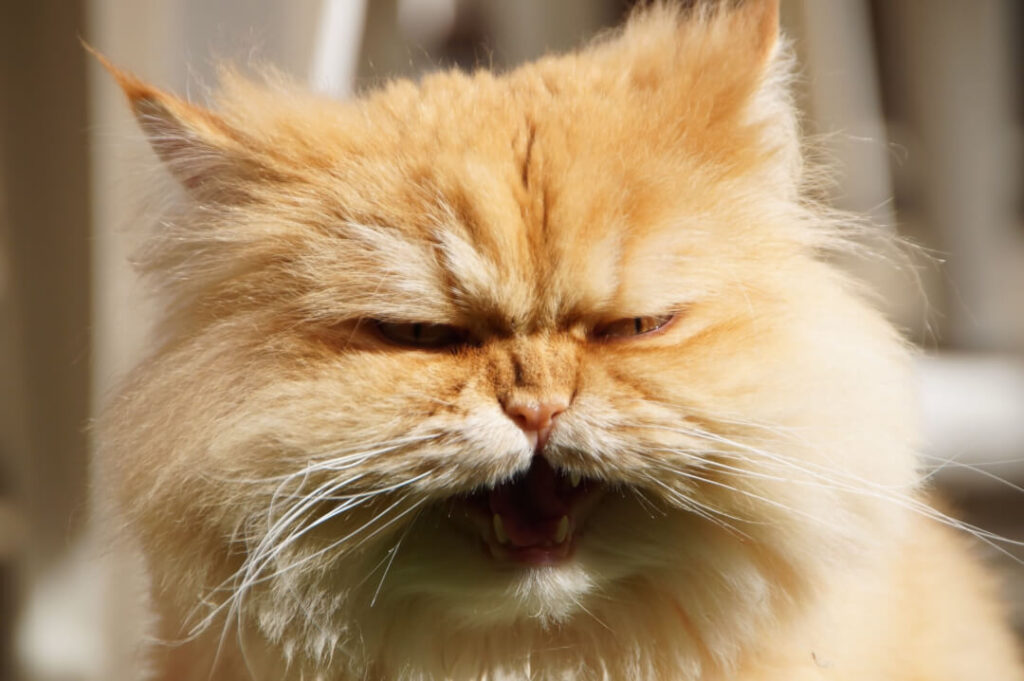
What cat purring means
Stroking, cuddles, dozing are what cats love!
That’s when they purr the most. Sometimes very gently and quietly, or then again loudly. But even if your cat’s not feeling well, you can sometimes hear a purr.
Purring is an extremely complex communication.
Young kittens have to practise until their neuromuscular system has matured and a “real” purr can be heard. It can even reach up to 28 Hertz!
Source:
Fressnapf (2018): Warum schnurren Katzen?, [YouTube-Video.], published10.10.2018, https://www.youtube.com/watch?v=Y1Q3TOhjtuM&feature=youtu.be, accessed on 20.12.2019
This “whole-body vibration” is not only used for communication purposes, but also for a cat’s health. Purring regulates, calms and soothes body and mind.
And this is not only good for our furry friends, but for cat lovers too.
Purring releases a happiness hormone in us.
Why my cat yowls
If your cat feels uncomfortable, you will also hear a whimper or a yelp. S/he needs help and makes these sounds so you can assist him or her.
This can increase to a shrill scream.
Maybe your cat is just scared or perhaps something serious has happened and s/he is injured.
You need to check out the situation! If cats get angry or something goes really wrong (in their carrier, because of medication etc) they can express their frustration loudly.
And then there is passion… ????
During the mating season, things can get pretty noisy before or during the act of coupling. It can sound scary at times, but it’s all part of the activity.
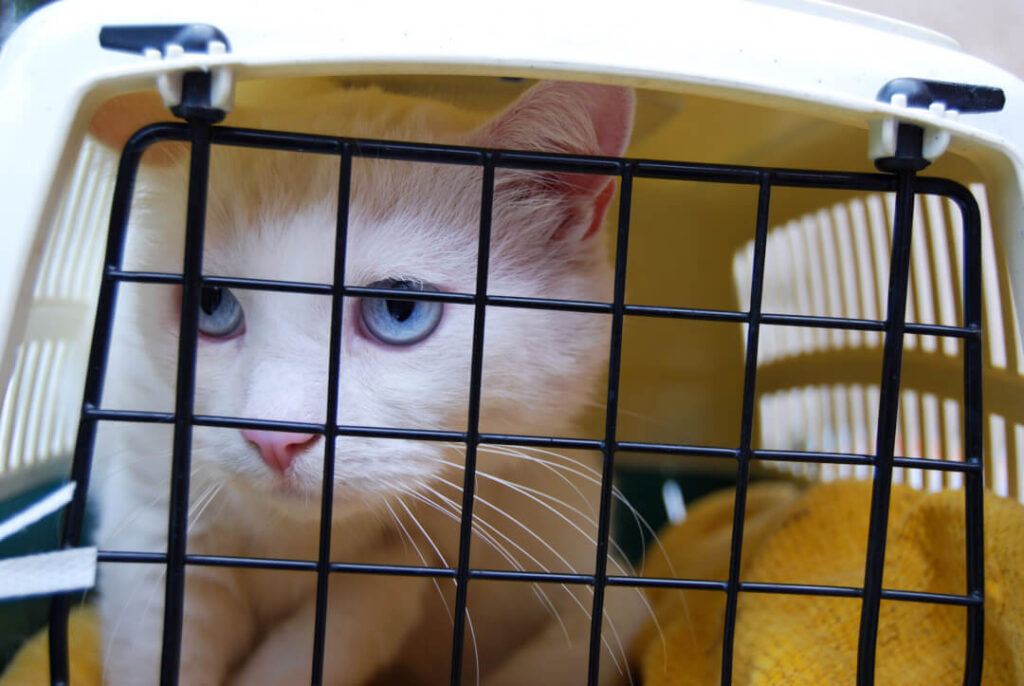
Cat cooing
Not all cooing is the same.
There are many variations.
And it always depends on who is being cooed at. Depending on the context, it can have very different meanings.
– But it is always meant positively!
When your cat coos, s/he has not been transformed into a dove, but may be feeling in seventh heaven! The soft tone shows the chosen one that the amorous puss opposite would not be averse to a closer encounter.
A mother cat who coos is asking her children to come and feed: initially to suckle on her milk and then, when they’re old enough for solid food – meat.
A cat that coos while greeting you in a very friendly way is telling you that s/he is happy to see you. Happy that you are now keeping him or her company.
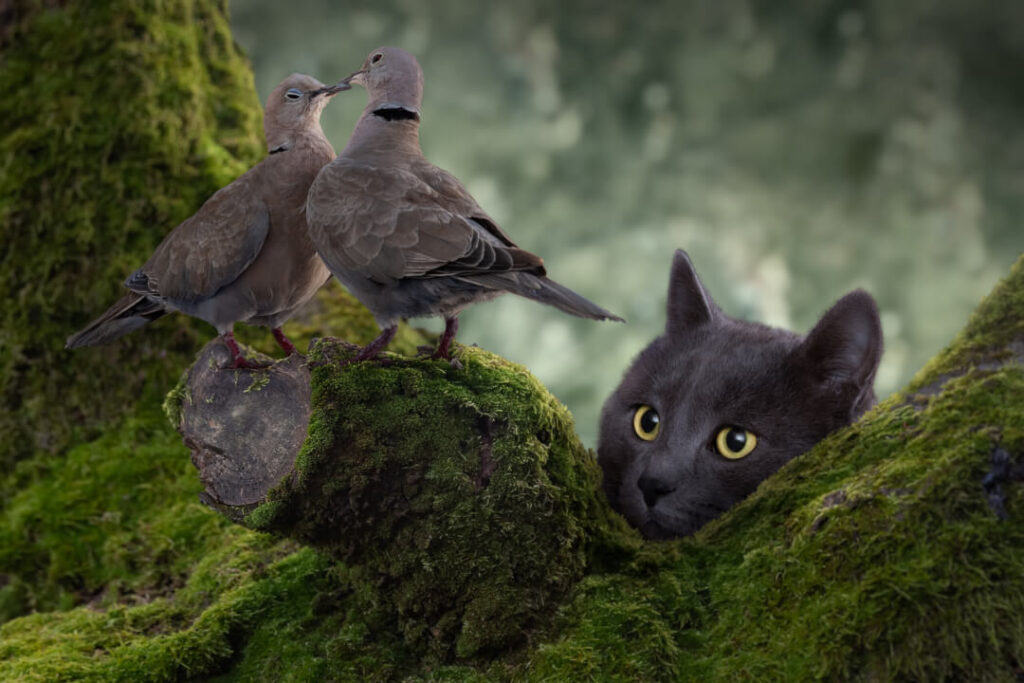
Interpreting cats’ behavior
But cats don’t only tell us their emotions through sounds.
They also use their body.
Cat body language is completely different from other animals.
If a dog wags its tail, for example, it’s in a good mood. However you should avoid a cat that is thrashing its tail back and forth in an agitated way. In contrast to a dog’s bark, a cat is saying that it’s not in the mood to play, but instead is feeling annoyed and tense.
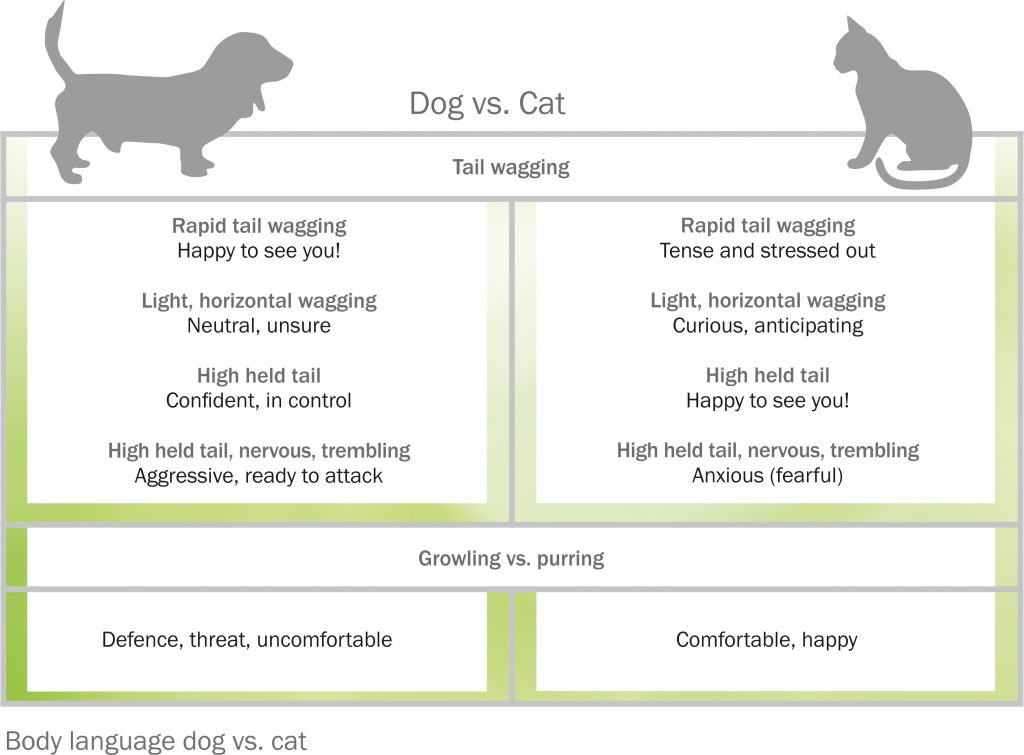
Misunderstandings are common, unless the animals know each other and their housemates and can get along.
Different sounds: for a cat it’s a pleasant purr; for the dog a hostile growl, just to name a couple. (However, there are also dogs that purr… Incredible but true!)
But this requires a lot of trust and experience.
My cat shows her tummy
Does your cat lie on its back and show you his tummy?
Or does she roll completely over on her back?
Bingo – top marks for trust!
The tummy is usually a very well guarded part of the body.
If your cat trusts you unconditionally, s/he will show you her tummy and sometimes even allow you to touch that sensitive spot.
But be careful – even if you’re just fondly stroking, you may still get warned off….. and receive a swipe!
Always keep an eye on your cat’s mood and stop immediately if you feel that your cat is gradually getting annoyed.
Some cats don’t like it at all when you touch their stomach: “No touching, just look!” This does not mean that she doesn’t trust you! She just shows this in a different way.
If you’ve known your cat for a long time, you’ll eventually know exactly where the sensitive spots are, and avoid them. This is good for love and completely loyalty. Don’t ruin it!
My cat grooms itself and others
Does your cat clean you from time to time?
When your cat gives you this treat, she is showing you that she likes you and that you belong to her. She is marking you as a family member.
You are important!
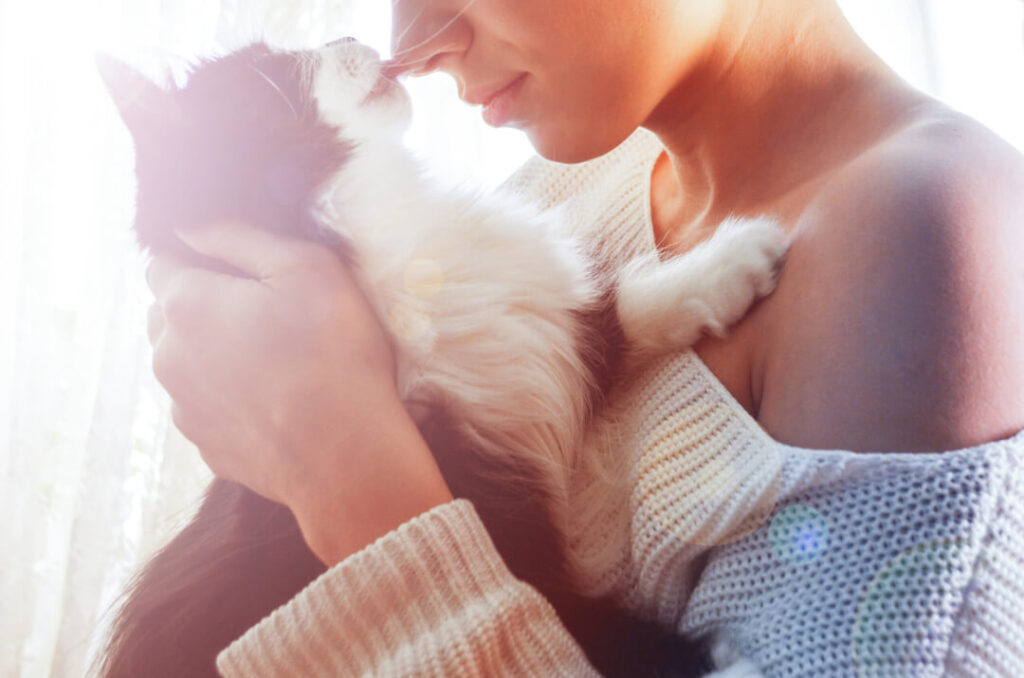
After all, you are the person who provides food and shelter, so in her eyes it’s entirely natural to take good care of you. And if you’ve been in contact with smells that are strange or unpleasant for your cat, licking can also get rid of them.
One exception is the smell of sweat.
For people it’s not that pleasant, but it is for a sensitive-nosed puss.
It’s not so much the smell that your furry friend likes, but the salty taste of sweat on your skin.
My cat blinks
Cats can also communicate with their eyes without speaking.
When your purring puss blinks at you – closing its eyes briefly and then slowly opening them again – it feels completely comfortable with you.
For cats, blinking is a contented and affectionate form of eye contact.
Wäre ein Angriff geplant, wäre der Blick starr, nicht blinzelnd und entspannt; für Deine Katze führt jemand der blinzelt If they were planning to pounce, their gaze would be fixed, and not blinking and relaxed. Your cat is communicating through blinking so you know there’s no malice in mind.
You can answer by doing the same: Don’t stare into his eyes, but blink at him. Then he will know that you love him too and that you’re happy that he is with you.
Cats also blink to defuse situations: Anyone who blinks is signaling that she is not looking for an argument: her goal is to keep the peace.
My cat nuzzles
Since the beginning of time cats have communicated in ways that are invisible and inscrutable.
This is neither mysterious nor supernatural, but simply has to do with biochemistry.
Pheromones are chemical substances produced by cats and used to communicate and influence behaviour.
Cats produce these message-bearing substances in different body glands.
Each olfactory substance has its own specific meaning and is left behind by the cat in strategically important places via the face (chin and cheeks), paws or urine.
If your cat nestles up against you with its chin or head, feel flattered: -You are a favoured person!
She likes you and is spreading her scent on you that other cats can understand as: “Mine! He belongs to me, as you can easily smell. So paws off!”
My cat scratches
Not all cats are soft-pawed pussies. Cat owners notice this when their favourite armchair has been shredded. Cats continually personalise and decorate their home themselves.
Why do they do this?
The claws are one of a cat’s most important tools. It needs them for catching and holding prey, but also for climbing, jumping and marking territory.
Cats need ‘furniture’ to make their mark in their living spaces.
Ideally this is something specifically designed for a cat, like a scratching post. Their rough surface offers enough resistance and is an optimal place for cat scents. At the same time claws are cared for and sharpened, because the worn-down tissue – empty claw sheaths – are easily scraped off.
Are you keen to buy some chic designer furniture or redecorate? Then here are some tips on how to give your furniture and interior decor a chance of surviving:
My cat hides
Kit, Kitty, Kiitttteeeeeee!?”
Where has your furry friend got to now?
Cats like to hide. Preferably in places where you don’t necessarily expect to find them –
in drawers, bags, tumble dryers or boxes. And these are just a few of the preferred spots.
A hiding place can never be small enough!
It’s unbelievable that these little fluff balls can even fit in there.
But cats are so agile. It’s like they rubber bones. They’ll squeeze themselves into anywhere they want…
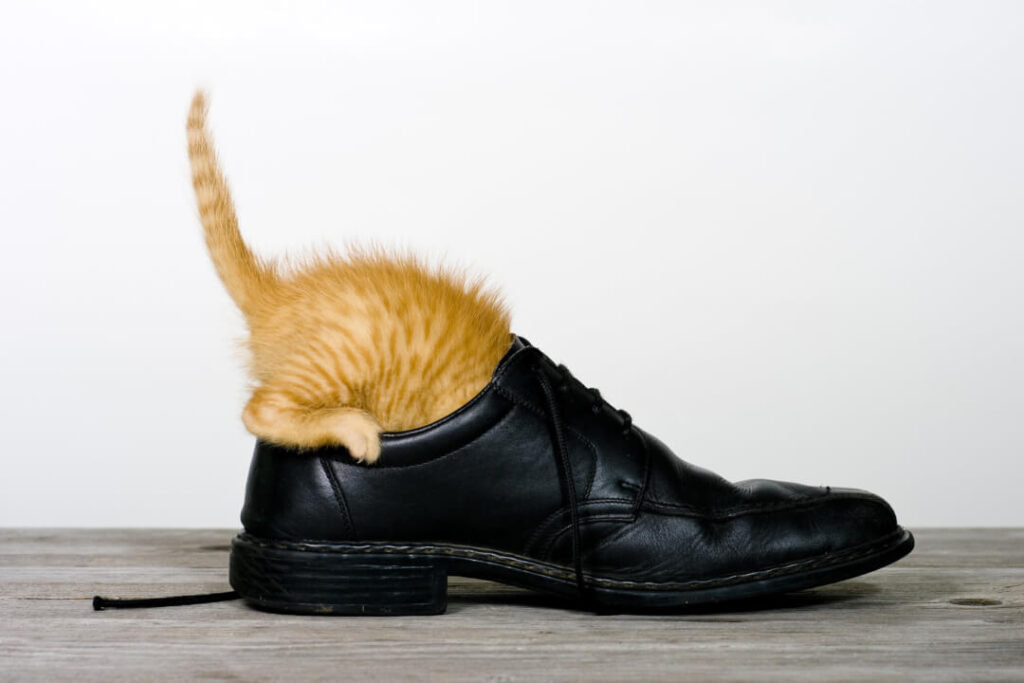
Here they feel safe and protected. “No one can see or hear me, and it’s cosy and warm in the dark.” So in a sense, hiding is a primal instinct. You should encourage this. Mostly they visit the same hiding places again and again.
But if your cat only hides in high places, alarm bells should ring. That can mean she is perhaps stressed out by something in her environment. You should definitely check this out.
My cat brings presents
If your feline roommate is an outdoor cat, you probably know all about it.
AThere’s often a gift for you on the front doorstep!
Keep your eyes peeled when you leave the house!
There’s a danger you’ll step on your “present”, as you don’t necessarily expect dead bodies in front of the door early in the morning! You then also have to organise a quick funeral, just when you’re in a hurry.
Gifts vary: a dead mouse, rat, sometimes a bird. Whole, without a head, or even just part of the body. Or the prey is served to you alive. If you are unlucky, it is still so alive that it escapes into your home, with you after it.
Since you’re not as good a hunter as your furry friend, this may take hours… Some gifts last a long time. But be happy: these gifts are part of your friendship!
You are the chosen one!
Your cat is showing that he likes you and cares about you. He doesn’t share his prey with just anyone.
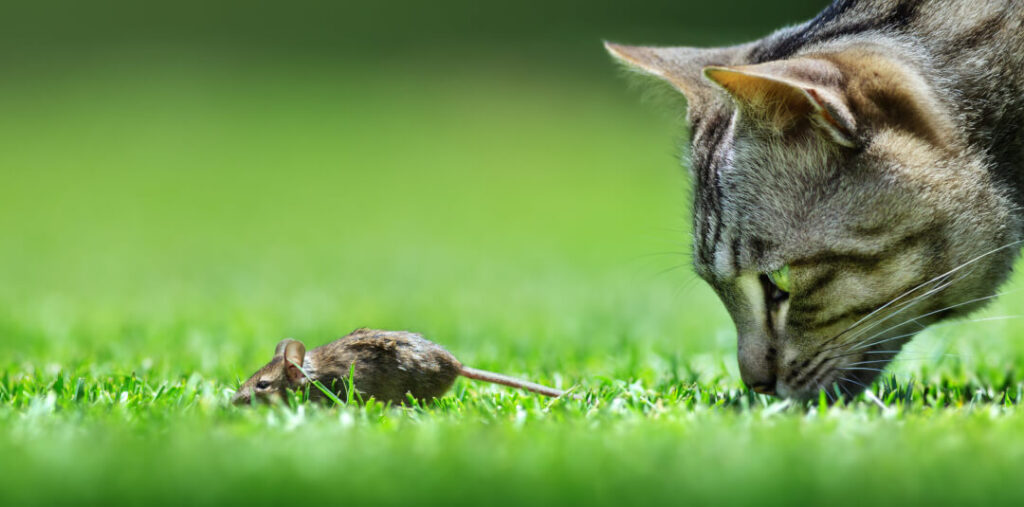
My cat romps around
Running around completely mad – sometimes there’s just no stopping your cat.
When the joy of life or the desire to play grabs cats, they really get going!
They then race around as if stung by a tarantula.
Or they roll ecstatically around on the floor, only to leap up in the next moment to dizzying heights.
“Why don’t you play along?” If your cat wants to encourage you to play along, she will often touch you.
She paws at your sleeves, trousers, arm or leg…
…but the claws are (mostly) in, and not unsheathed!
How to interpret cat language correctly
What exactly is your cat trying to tell you? Do you have a sense of when your cat is happy, nervous or anxious?
It’s not so easy to judge what your cat is feeling all the time.
After a while you develop a sense of what your precious puss wants. But are there are still moments when they surprise you?
This is because sometimes it’s not easy to interpret cat language correctly.
Even subtle changes in behaviour often indicate fluctuating feelings that you can’t always immediately recognise.
We tend to notice extreme changes, rather than the more inconspicuous ones.
If you know how cats express themselves, it’s easier to understand how they are feeling.
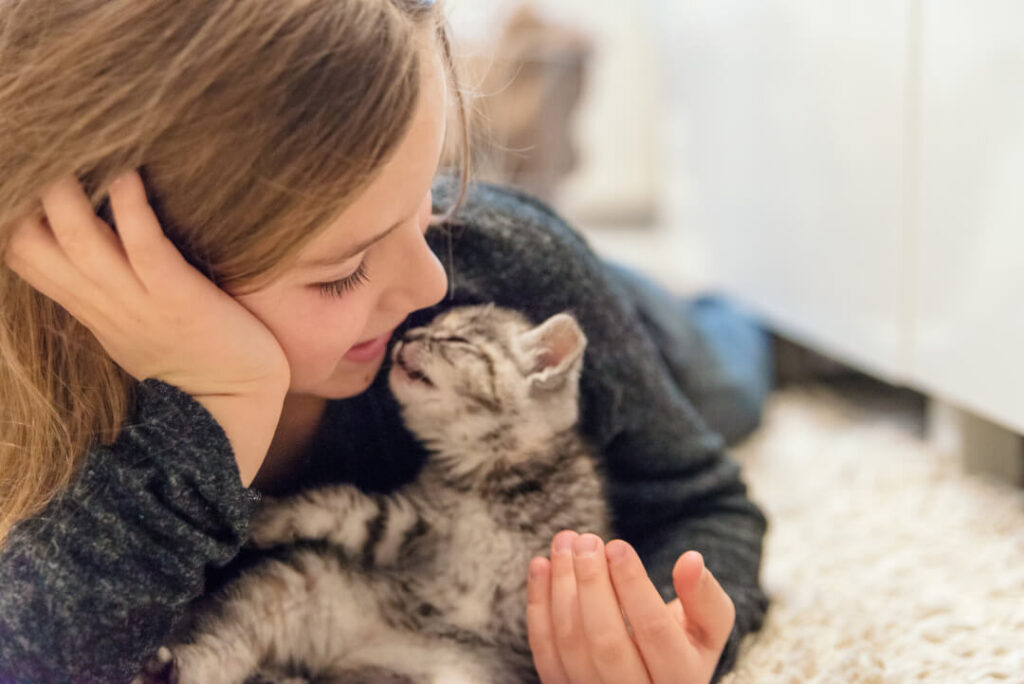
How do cats show affection?
If you always have a furry shadow close by, there are two possibilities. Either you haven’t shaved for a long time or you are the cat’s darling.
But there are also cats that don’t follow wherever you go but still adore you. It’s a question of personality; some soft-pawed pusses are simply more reserved by nature.
Do you get groomed? Does your cat lick you?
When you’re being cleaned by your cat, you are being treated as a true family member.
When your cat licks you, she is removing any foreign scents and replacing them with familiar family smells. You belong to her and everyone should know it.
Another proof of love, although often misunderstood by people, is a tender bite of the toes or fingers.
Don’t worry, this kind of “love bite” is usually totally gentle, so it doesn’t hurt and usually leaves no trace!
How do cats show trust?
Take a bit of a pause. Cats like to nap often during the day.
The place where a cat curls up for a nap must be a safe place, where there’s no danger lurking. When your cherished cat chooses you as asleeping place, he trusts you…- and is giving himself completely over to your care.
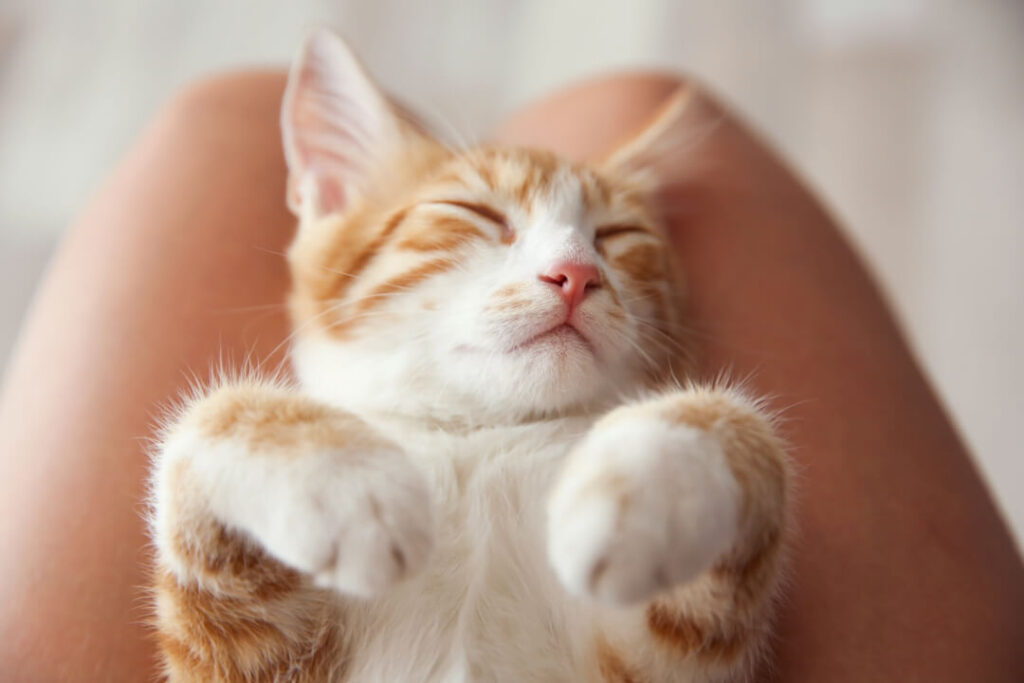
If your kitty feels well taken care of, you will also get the pleasure of being extensively kneaded; kittens do this with their mothers to stimulate the flow of milk; in this way she shows you that she trusts you as much as she trusts her mother – more trust is not possible.
-Feel honoured!
How do cats show pain?
It’s not easy to tell that cats are in pain, because they don’t usually whine loudly. If there are injuries, you’ll immediately notice that there’s something wrong with your cat.
If an outdoor cat suddenly comes home at an unfamiliar time, hides, hobbles or moans pitifully, then you can be pretty sure that something is bothering him.
A cat that’s normally ravenous for its food but then suddenly spurns it for days on end, might not be feeling itself. A cat can go a few days without food. However, keep an eye on her and take her to a vet if feeding does not improve or worsens.
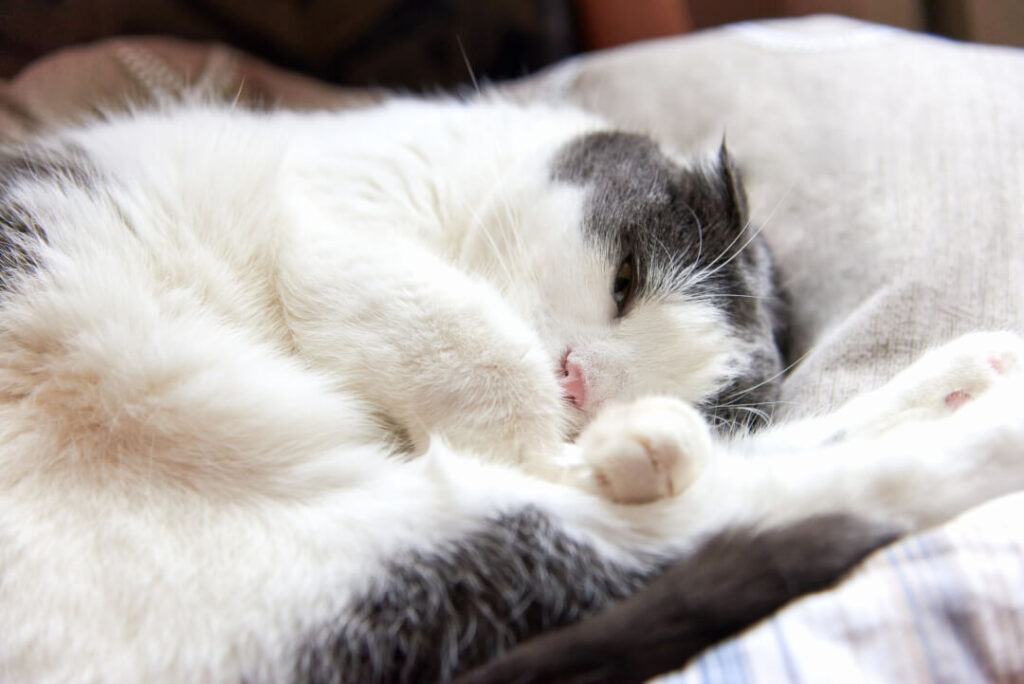
How do cats show grief?
Do cats mourn human beings or other cats that have left or died?
It’s not scientifically proven, but we’re convinced that cats mourn. They feel loss, each in their own way. Cats can be sad. And you can spot it when you know your cat.
DabeIt’s not so different from what we as people feel and do when we’re sad.
Cats search for the missing person, retreat, don’t play, prefer to be alone, hardly go out, have little appetite or refuse food.
Others sleep badly, are nervous, impatient in other ways and sometimes even become aggressive.
They may no longer groom themselves and neglect their coat.
How do cats show fear?
If your cat is scared, you can tell by the look on his face. Everything narrows and shrinks into the body – from ears to whiskers. He’s streamlined and tense. Always ready to react: to run away or, if there’s no alternative, attack!
He hisses, first softly, then louder, giving an intense scream when the situation has become so dire that he has to defend himself. That’s when the weapons are unsheathed – the claws.
Like a stealth stalker – hunched and close on the ground – cats manage to melt into their surroundings. If they want to, they become completely invisible. In meadows or furrows in the fields, a cat is barely noticeable.
Only flashing eyes reveal their presence.
If your cat feels threatened and frightened, you can also see this in his tail, which often fluffs out like a feather duster.
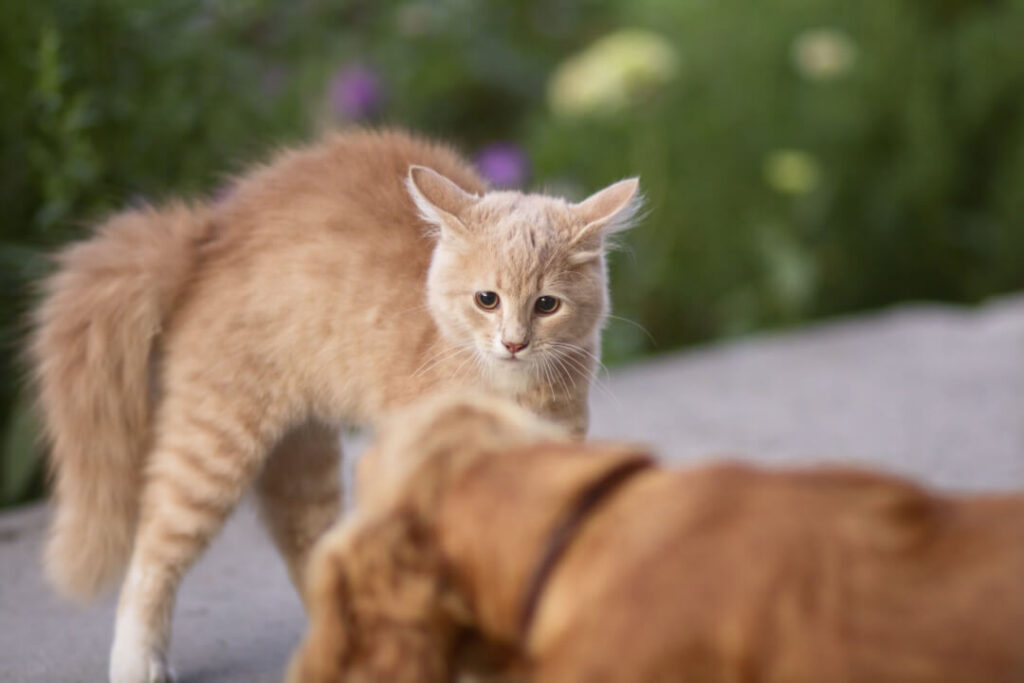
How do you get a frightened cat to trust you?
How do cats show they want to play?
Intelligent mammals play, and cats do it well into old age!
As kittens, playing is training that prepares them for life.
Playfully they learn how to deal with friends, enemies and prey.
At an advanced age, playing keeps body and mind healthy. When your cat plays with you, she is showing that she likes to be around you and trusts you completely. It’s something that brings you closer together.
If your cat is baring his teeth around the home and then comes running towards you, you can assume that he’s in a playful mood.
A supine position (all fours stretched out) or a crawl can also be an invitation to play for some cats. If she slightly claws or pats your legs, this is a request to play.
Maybe your cat has a shoe fetish? If so, then you might suddenly have a commando burst in and attack your shoelaces while you’re putting on or taking off your shoes…


